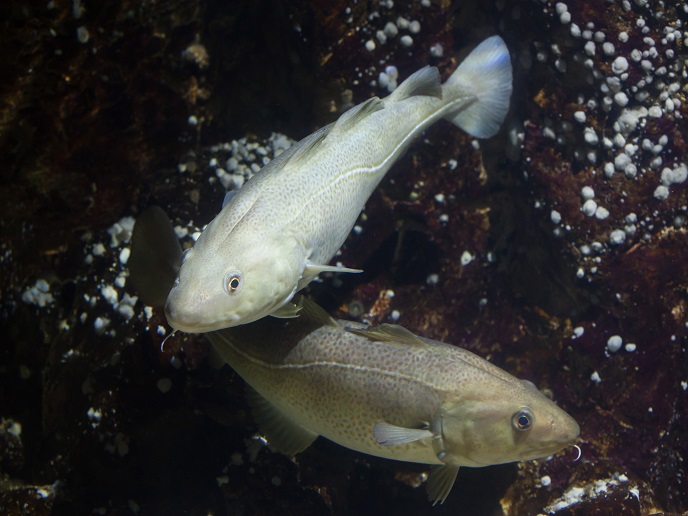Getting to grips with magnesium isotopes
Influencing seawater chemistry as well as terrestrial ecosystem function, Mg has a major impact on global climate. Researchers can measure stable Mg isotopes to reconstruct past climates, but these models have ignored the effect of bio-geochemical weathering on Mg isotope composition. The EU-funded ISOCRIT project developed a dual-isotope tracer system for Mg and Li, which can be applied to global Mg cycle models. It relies on the fact that Li and Mg are often found together in soils, but Li is not a nutrient and will not be affected by biological processes. Researchers applied the Mg–Li tracer technique to a dataset from Puerto Rico. This served as a case study to demonstrate the application of the new technique. Analysis of Mg isotopes in various soils revealed that in topsoil all isotopes were similarly abundant, but that heavier isotopes were more common lower down. Researchers also found that heavier Mg isotopes were commonly adsorbed to clay particles. Study of a river system showed that heavier Mg isotopes entered the stream at baseflow height — i.e. not from run-off. Ultimately, ISOCRIT work will allow for more accurate models of the Mg cycle. This will improve our understanding of global climate and ocean chemistry.







